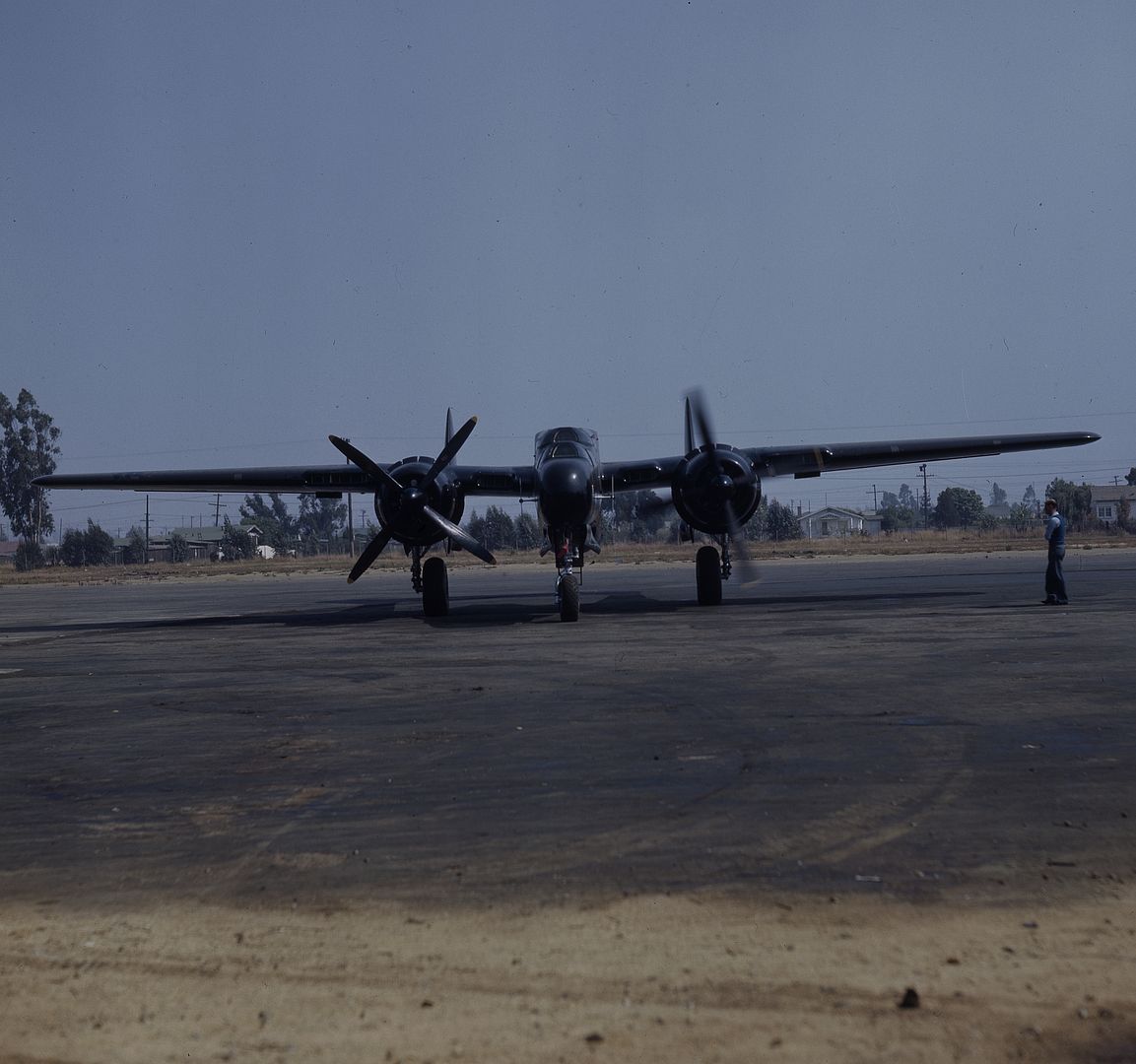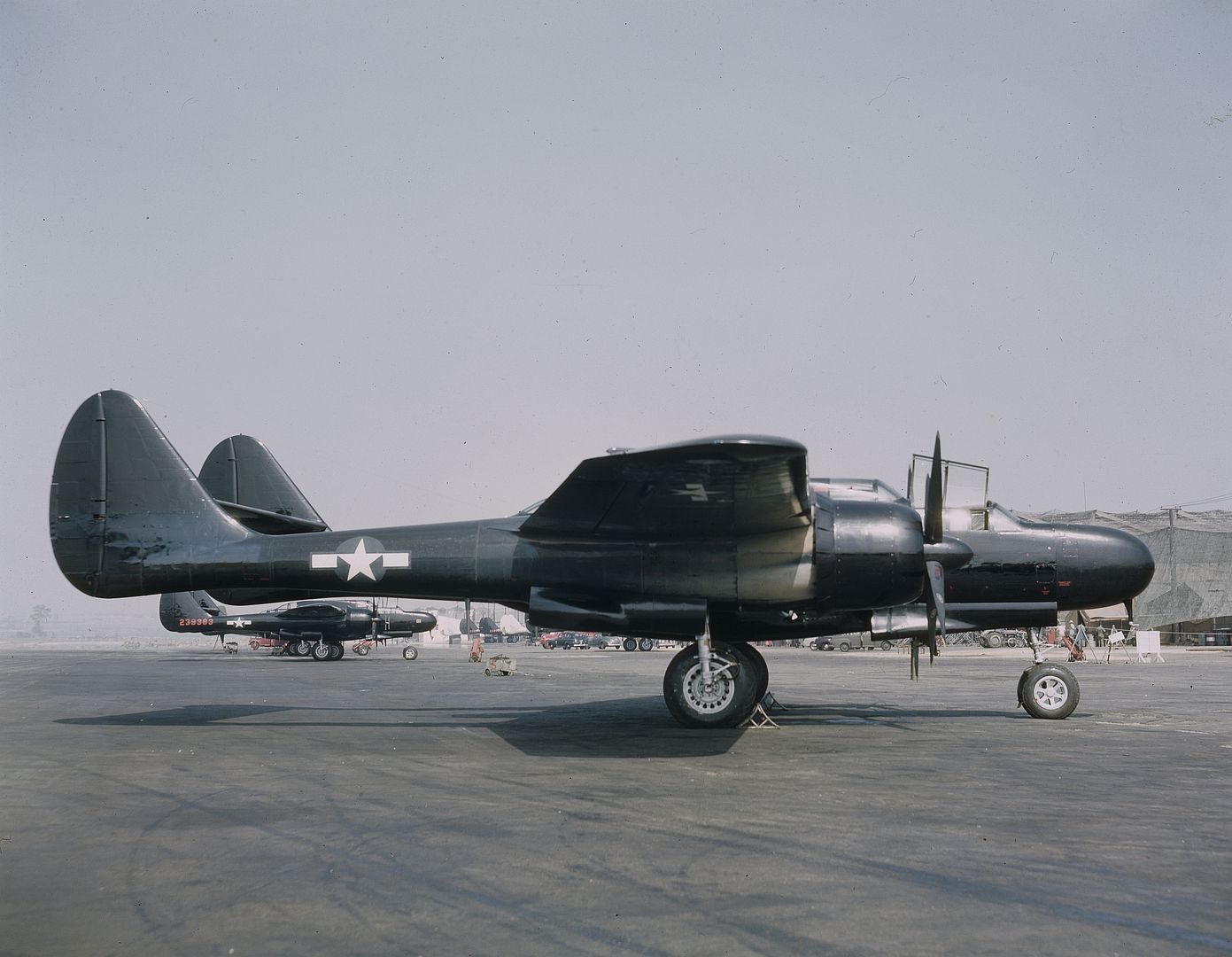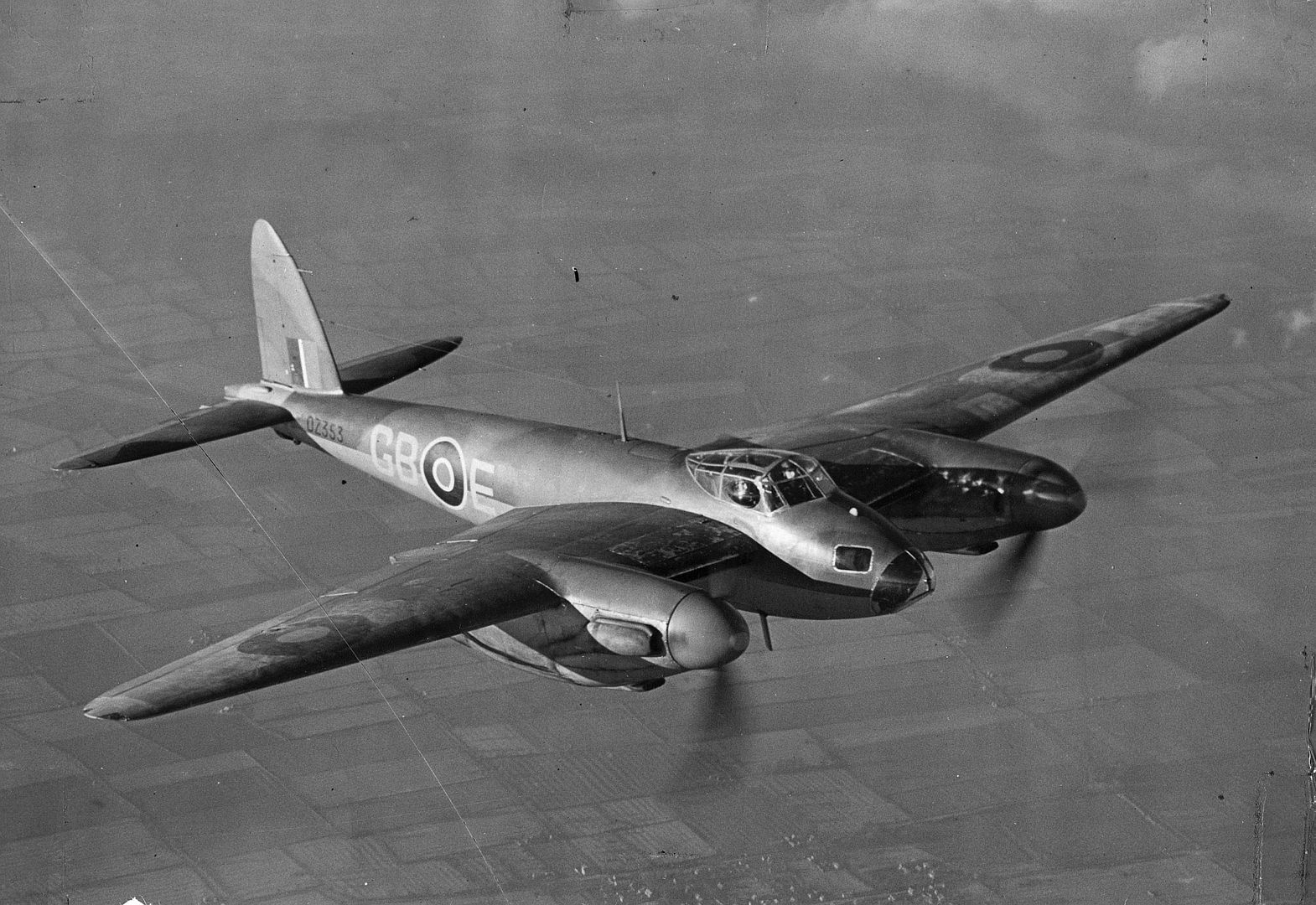Forums
- Forums
- Axis And Allies Forum
- General Discussion
- Photo of the week
Photo of the week
Post a reply
- Go to Previous topic
- Go to Next topic
- Go to Welcome
- Go to Introduce Yourself
- Go to General Discussion
- Go to Screenshots, Images and Videos
- Go to Off topic
- Go to Works in Progress
- Go to Skinning Tips / Tutorials
- Go to Skin Requests
- Go to IJAAF Library
- Go to Luftwaffe Library
- Go to RAF Library
- Go to USAAF / USN Library
- Go to Misc Library
- Go to The Ops Room
- Go to Made in Germany
- Go to Campaigns and Missions
- Go to Works in Progress
- Go to Juri's Air-Raid Shelter
- Go to Campaigns and Missions
- Go to Works in Progress
- Go to Skinpacks
- Go to External Projects Discussion
- Go to Books & Resources
-
 Main Admin
Main Admin -
 Main AdminThis midweeks photos.
Main AdminThis midweeks photos.
Supermarine Spitfire Mark IA's of 610 Sq based at Biggin Hill, Kent.

No. 610 Squadron was formed at Hooton Park on 10 February 1936 as a day bomber unit of the Auxiliary Air Force. Initially equipped with Harts, it began flying training in May 1936 and in May 1938 re-equipped with Hinds.
On 1 January 1939, the squadron was redesignated a fighter unit but retained its Hinds in anticipation of the arrival of Defiants. On the outbreak of war it received Hurricanes, but by the end of September 1939 had exchanged these for Spitfires, becoming operational on 21 October.
When the German offensive opened in May 1940, No 610 moved to Biggin Hill and helped to provide fighter cover for the Dunkirk evacuation beaches and shipping. After taking part in the Battle of Britain, the squadron was moved north to rest and re-equip, returning south in December to go on the offensive.
After nine months of sweeps and patrols, the squadron returned to Yorkshire for eight months in August 1941, moving to East Anglia in April 1942 for shipping reconnaissance missions. In October 1942 it moved to the north of Scotland, returning south in January 1943. In July 1944, No.610 took its Spitfire XIVs to south-east England to intercept flying bombs for two months. In December the squadron moved to the Continent to join No.127 Wing for sweeps over Germany.
It returned to the UK in February 1945 and disbanded on 3 March 1945. -
 Main Admin
Main Admin -
 Main Admin
Main Admin -
 Main Admin
Main Admin -
 Main AdminThis weekends photo.
Main AdminThis weekends photo.
And a couple of photos of Boeing 'Fortress' IIA aircraft, 9205/03 of No. 168 (HT) Squadron, R.C.A.F.
_Squadron_R.C.A.F.jpg?width=1920&height=1080&fit=bounds)
No. 168 Squadron RCAF was a heavy transport (H.T.) squadron of the Royal Canadian Air Force (unrelated to No. 168 Squadron RAF) that formed at RCAF Station Rockcliffe, near Ottawa, Ontario in on 18 October, 1943.The squadron carried large quantities of mail, freight and later, passengers between Canada and the United Kingdom, as well as to locations in Europe and Africa.
Before October 1943, the Canadian Government had sent mail to Canadian service personnel in the United Kingdom by ship. However, high ship losses and the importance of mail to service personnel prompted the government to switch to air mail. The Squadron's primary role was to deliver mail to Europe, initially using six surplus Boeing Fortress heavy bomber aircraft acquired from the United States. All of the Fortresses were in poor condition when received and the RCAF made numerous modifications to the Fortresses, including the removal of the machine guns and their turrets and the installation of a replacement solid nose that increased the quantity of mail that could be carried.The paint was later stripped off the airframes to further lighten them.
The first scheduled mail flight was carried out by Fortress 9204 on 15 December 1943 with 2 passengers and 5,502 lb (2,496 kg) of mail after the aircraft intended for this flight, 9202 was grounded due to a mechanical problem. On 2 April 1944, Fortress 9207 crashed shortly after take off from Glasgow Prestwick Airport, killing all five crew members. In August 1944, the RCAF added the first of several Consolidated Liberators to the Squadron's strength. In addition to the Fortresses and Liberators, 168 Squadron also operated Douglas Dakotas and Lockheed Lodestar transports. A single Beechcraft Expeditor was loaned to the unit in 1944 from No. 12 (Communications) Squadron, and Lockheed Hudson Mk.III BW619 was borrowed in 1944 for mail runs in the Mediterranean.
During its period of service the squadron completed 636 Atlantic Ocean crossings and logged 26,417 flying hours. Over 1,000 t (2,200,000 lb) of mail, 4,000 t (8,800,000 lb) of freight and 42,057 passengers were transported, which included additional detached operations out of Great Britain as well as Gibraltar and Morocco.One of the squadron's VIP Liberators carried members of the British Royal Family, the Governor General of Canada and Canadian Prime Minister Mackenzie King. -
 Main AdminThis weekend extra.
Main AdminThis weekend extra.


At the end of the war, an Arado Ar 196A-3 Werk Nr. 1006 was flown into Norway from Sweden to avoid its seizure by the Soviets. This aircraft had been interned by Sweden after straying into Swedish Territory in 1943. It was later purchased by the British SIS (Secret Intelligence Service) to run supplies to agents in Lapland observing the German retreat from Finland to Norway. After its arrival in Norway, it was used by the Royal Norwegian Air Force for a year on the West coast. It was then sold to a Swedish company and returned to Sweden. -
 Main Admin
Main Admin -
 Main Admin
Main Admin -
1 year agoSun Apr 14 2024, 11:23amDuggy
 Main Admin
Main Admin
Post a reply
- Go to Previous topic
- Go to Next topic
- Go to Welcome
- Go to Introduce Yourself
- Go to General Discussion
- Go to Screenshots, Images and Videos
- Go to Off topic
- Go to Works in Progress
- Go to Skinning Tips / Tutorials
- Go to Skin Requests
- Go to IJAAF Library
- Go to Luftwaffe Library
- Go to RAF Library
- Go to USAAF / USN Library
- Go to Misc Library
- Go to The Ops Room
- Go to Made in Germany
- Go to Campaigns and Missions
- Go to Works in Progress
- Go to Juri's Air-Raid Shelter
- Go to Campaigns and Missions
- Go to Works in Progress
- Go to Skinpacks
- Go to External Projects Discussion
- Go to Books & Resources

_of_the_63rd_Fighter_Squadron_56th_Fighter_Group_prepares_for_take_off_at_Horsham_St._Faith_16_March_1943..jpg?width=1920&height=1080&fit=bounds)







